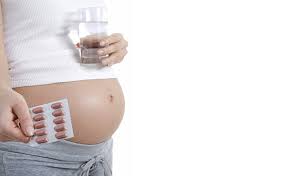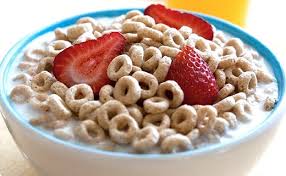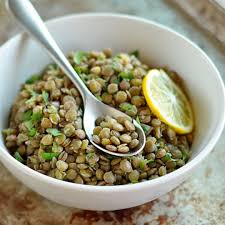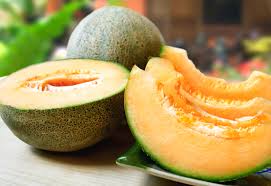Your body undergoes several changes throughout pregnancy, and it is important to pay attention to your diet to help limit the discomfort. Any deficiency of vitamins or minerals can further aggravate the problem and even cause serious complications. The same holds true for women not getting enough folic acid throughout their pregnancy. Experts believe that you should be taking folic acid even before you become pregnant as folic acid is essential to lower risk of birth defects and other complications in your baby.

How Much Folic Acid in Pregnancy?
When you are in your childbearing age, you should at least be getting 0.4mg of folic acid every day. Take folic acid at least a month before conception as it lowers your risk of developing any neural-tube defects, such as spina bifida. During pregnancy you should be getting at least 0.6mg of folic acid on a daily basis. It is a good idea to talk to your doctor before increasing your intake of folic acid during pregnancy.
Here are some situations when you need more folic acid:
- You are at a greater risk of delivering a baby with a neural tube defect if you are obese. Talk to your healthcare provider if you are overweight at the start of your pregnancy. You may have to take more than 0.4mg or 400mcg of folic acid every day.
- You doctor may ask you to increase the intake of folic acid to 4,000mcg/day if you have already delivered a baby with neural tube defect. Always tell your doctor about your history of pregnancy.
- You may have to take up to 1,000mcg of folic acid per day if you are expecting twins.
- You may have to increase your intake of folic acid if you have diabetes or are on anti-seizure medications.
When to Take It
It is better to start taking folic acid before conception. You have to take it during your first trimester as well because neural tube defects are likely to develop during the first 3-4 weeks of pregnancy. It means that you may not even know that you are pregnant for the first few weeks after conception, which is why you should be taking it prior to getting pregnant.
Why Is It Important to Take Folic Acid?
Knowing how much folic acid in pregnancy to take helps prevent neural tube defects (NTDs) and many other complications too. It also protects your baby from developing the spinal cord problems. Some studies have found that folic acid intake during pregnancy may lower your baby's risk of having defects, such as cleft palate, cleft lip, and heart defects. It also protects you from a serious blood pressure disorder called preeclampsia. Moreover, folic acid is essential for your own health as well – it promotes the production of red blood cells and protects you from anemia. It is also important for the functioning of DNA and rapid cell growth of the placenta.
Food Sources of Folic Acid
Now you know how much folic acid in pregnancy and have gathered the fact that folic acid is essential during pregnancy, but you do not always need to take it in a supplement form. You can also opt for foods rich in folic acid to meet your RDA. Here are some foods you can include in your diet:
1. Fortified Cereals
You get about 100-400mg of folic acid from a half-cup serving of most fortified cereals. Simply having a bowl of cereals with low-fat milk for breakfast can provide you with a good amount of folic acid. Sprinkle some yogurt on it and you will get enough fiber and sugar as well.
2. Cooked Lentils
A half-cup serving of cooked lentils provide you with 180mcg of folate. You also get loads of fiber and protein with little fat. Simply buy dry lentils, put them in a strainer to get rid of any dust, and then boil for 15-20 minutes. Add some spices and serve over rice.
3. Spinach
A half-cup serving of this leafy green vegetable provides you with 100mcg of folate. Include it in your diet and you need not to worry how much folic acid in pregnancy. Besides, you also get phytochemicals, such as lutein and beta-carotene, which lower your risk of cancer. Add some frozen spinach in lasagna, sauté it, and add it to an egg to get the best results.
4. Broccoli
This cruciferous super-food provides you with antioxidant power as well as a good amount of folate and insoluble fiber. It is actually a great combination of soluble and insoluble fiber, both of which help improve digestion. You get about 50mcg of folate from a half-cup serving of cooked broccoli. You can enjoy it simply by spreading it on top of homemade pizza.
5. Asparagus
Asparagus spears contain no cholesterol or fat and are quite low in calories. They do not just provide you with folate, but also provide you with fiber and potassium. You get about 85mcg of folate from four spears of asparagus. Be sure to opt for fresh, firm spears with compact tips only. Simply trim their stem ends and cook for 5-8 minutes before eating.
6. Cantaloupe
A quarter of a medium cantaloupe provides you with loads of vitamin C, vitamin E, and 25mcg of folate. Opt for a ripe melon only and ensure that the rind is cream or yellow. You can also take a sniff to tell if the fruit is ripe or not. Avoid cantaloupes with a strong odor because it shows that they are too ripe.
7. Eggs

Eggs supply you with a load of nutrition. Most people know that eggs are a great source of protein, but they do not know that they also get a good amount of folate from eggs. You can get about 25mcg of folate per egg. Be sure to opt for omega-3-enriched eggs during pregnancy to promote baby's brain development.






